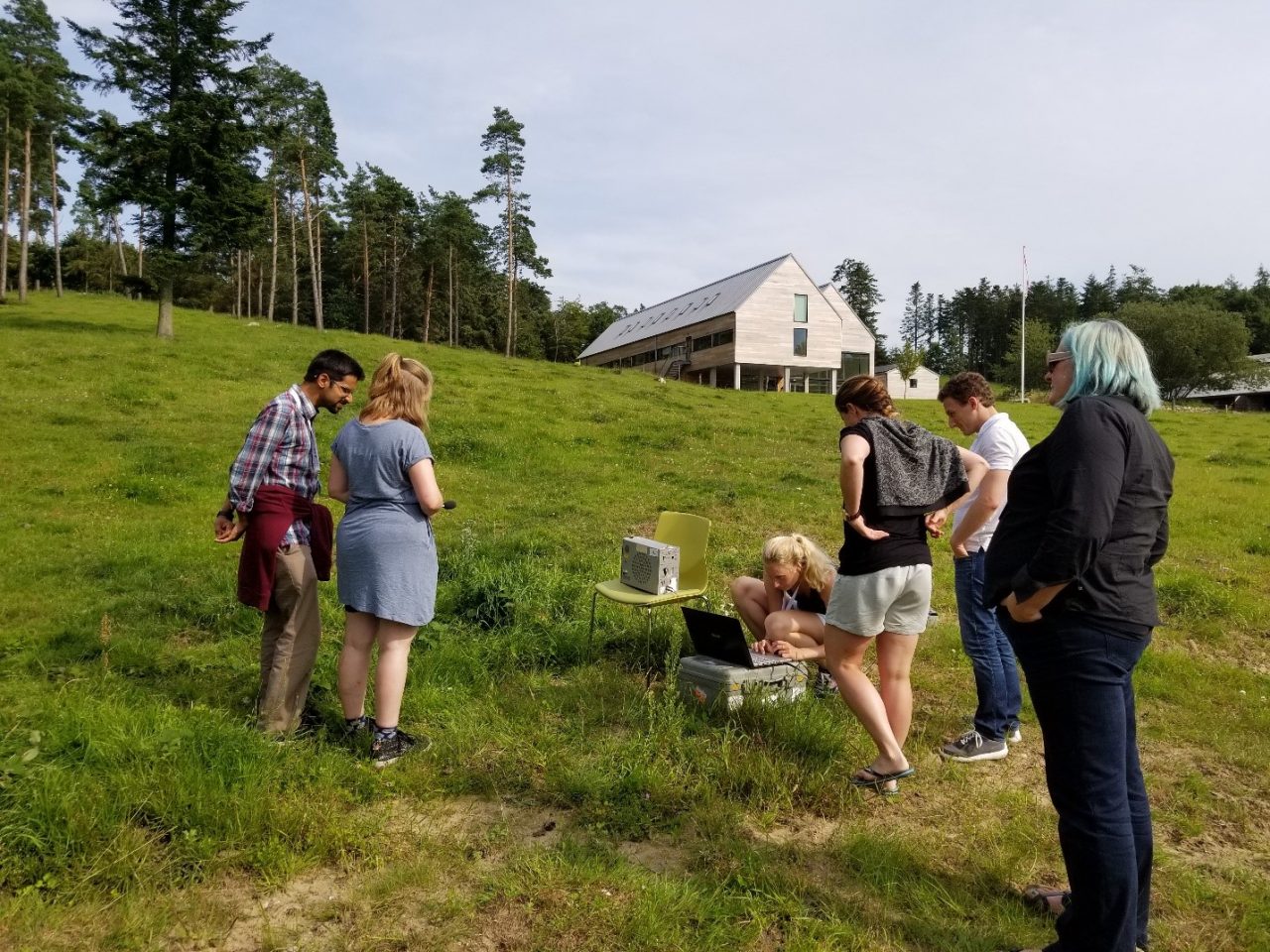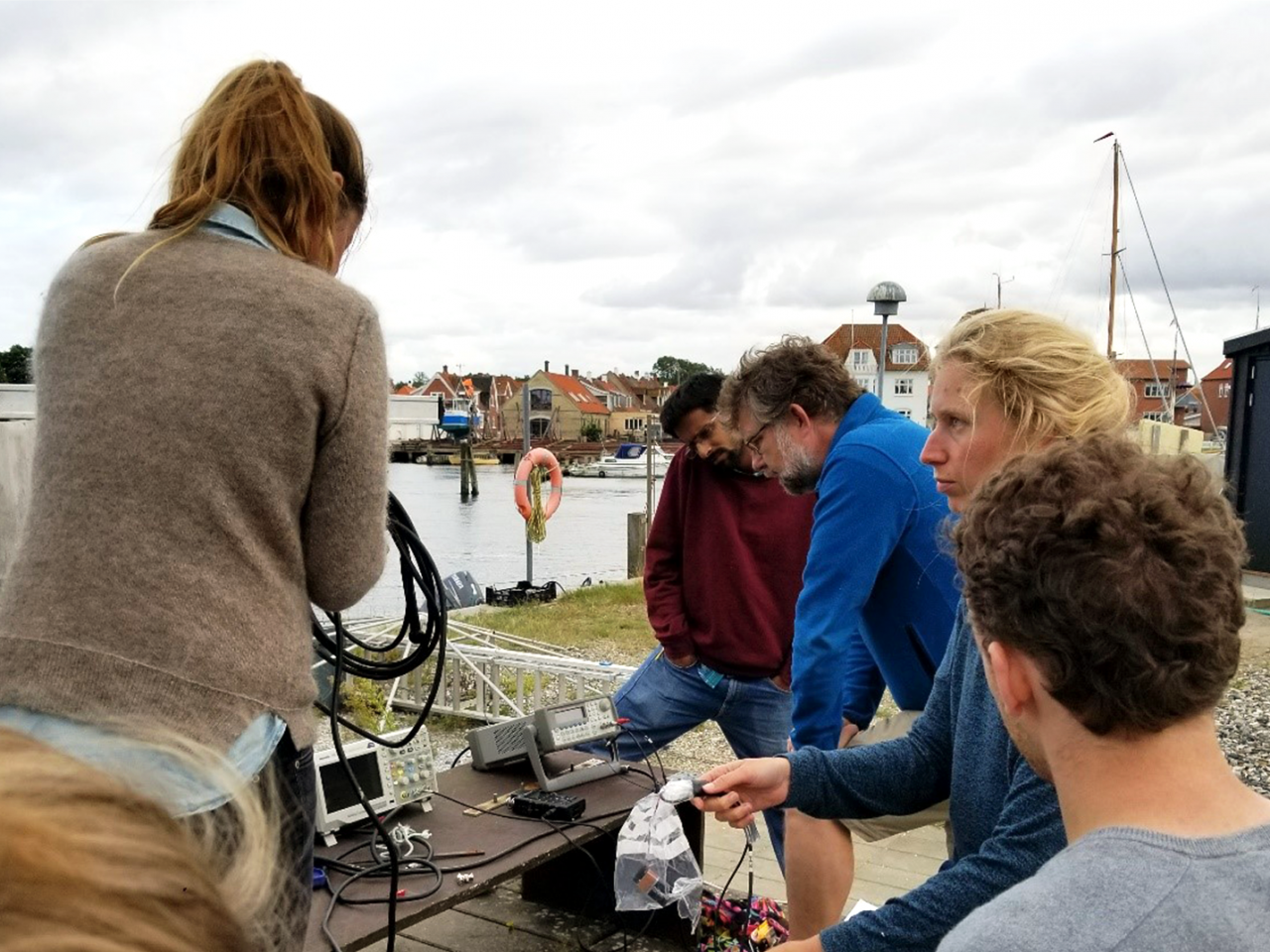Selene’s Scandinavian Adventure
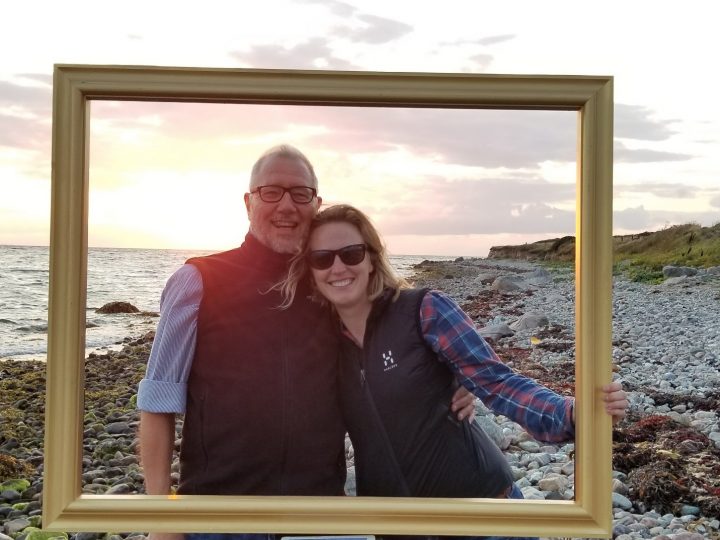
A month ago (already!?), I had the amazing opportunity to go to Denmark to an Acoustic Communication Summer Course at SNAK (that stands for Sense organs, Nerve systems, Behavior, and Communication – in Danish). I spent two very full weeks learning all things animal acoustics – vocal production, perception, hearing, effects of noise, neuroethology; PLUS how to measure sounds, localize animals, calibrate hydrophones and microphones, filter sounds, make an automatic detector, run a playback experiment, measure reflections, and so much more I am not listing right now. I most enjoyed learning more about terrestrial acoustics. You can do some amazing studies when you can hold or see your study species (as opposed to whales of course). I’d like to share some fun photos and anecdotes from my trip with all of you!
I wanted to go to this course since I first started as a master’s student back in 2013, but I had to wait until I was a PhD student to be able to go. It was so worth the wait. I cannot recommend it enough for other students pursuing studies in animal acoustics. Besides all the knowledge I gained, I made some great new friends, got to spend time with some old ones, and got to explore a country I’d never been to.
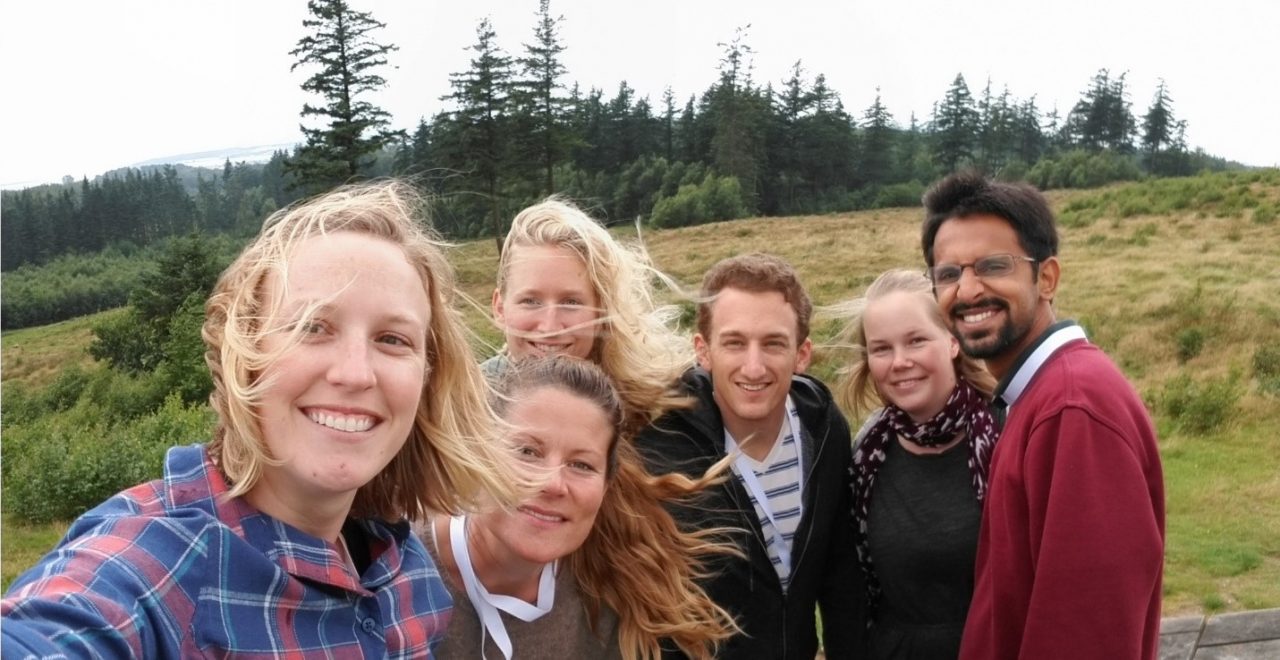
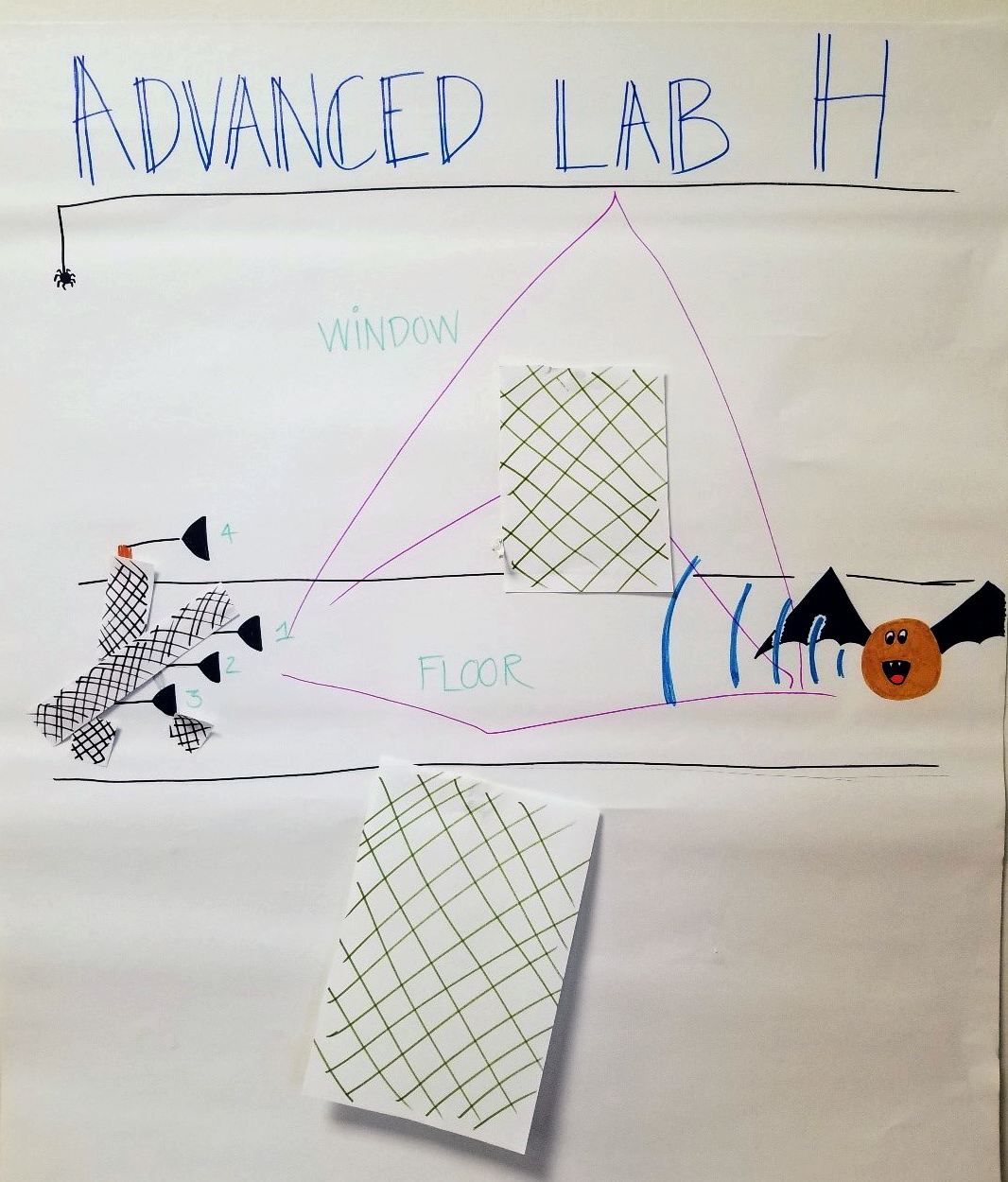
We spent much of the two weeks working in our lab group, and I must say that Team 2 was my favorite. Perhaps I am biased but we were preeeetttttty awesome. We had to give group presentations, and after getting totally distracted when we discovered different Matlab versions provide different filtering outputs, we ran out of time for making our Powerpoint presentation. So we went “analog”.
We spent the first week at a beautiful field station in Svanninge Bjerge, a state park of sorts. It is actually privately owned but the owners are working to restore it to its more natural forest state. They built this incredible lab for the University of Southern Denmark (SDU), with dorms, a kitchen, and a classroom, to be used for conferences, retreats, and courses! Also, there were cute cows hanging around all the time.
Then we moved to the coastal town of Kerteminde, where SDU has a marine lab where they study hearing and more in gray seals, harbor seals, harbor porpoise, and even cormorants. The marine lab is right next to Fjord and Bælt, a research facility that is open to the public, where the harbor porpoise and harbor seals live. We got to spend some time at Fjord and Bælt. Also, Fjord and Bælt has a trained wild gull. He comes to the trainers to do a training session, but lives freely in the area. His name is Andy. He was my favorite.

Team 2 setting up a playback experiment. The lab is in the background. Amazing right? 
Our team calibrating Annebelle’s hydrophone at the lab in Kerteminde
I feel so lucky to be able to go on these sorts of adventures during my studies, and can’t wait to see where the next one takes me.


